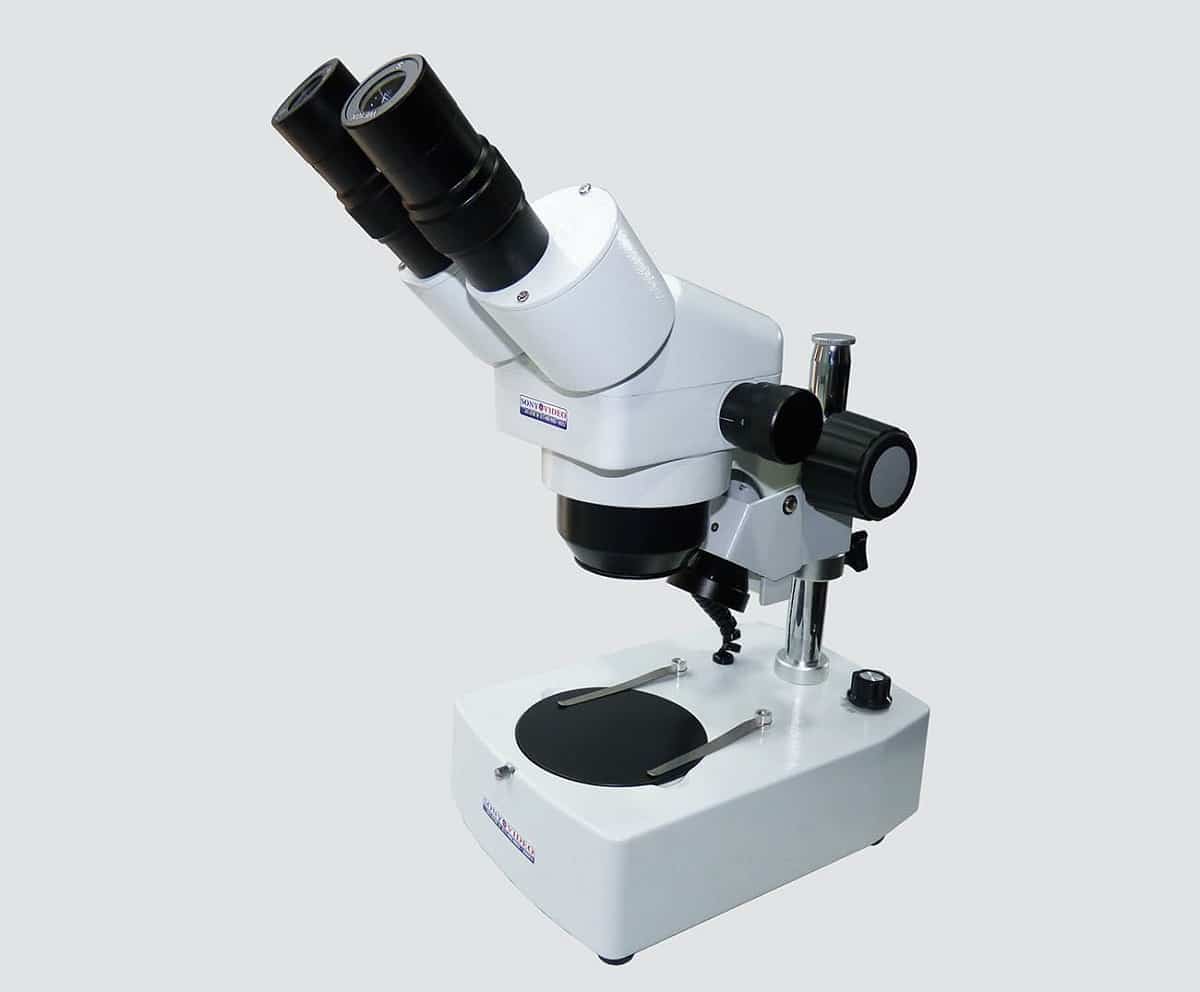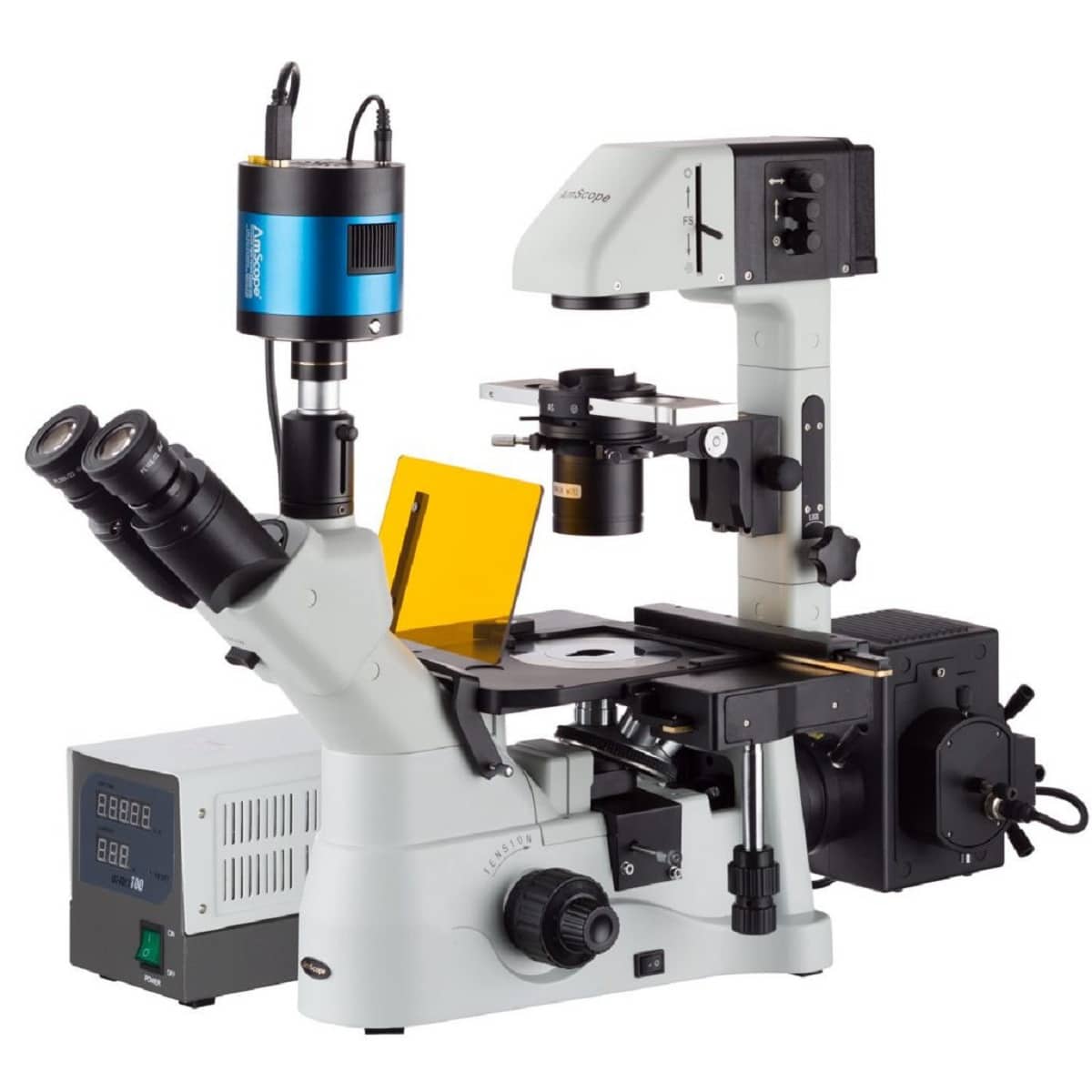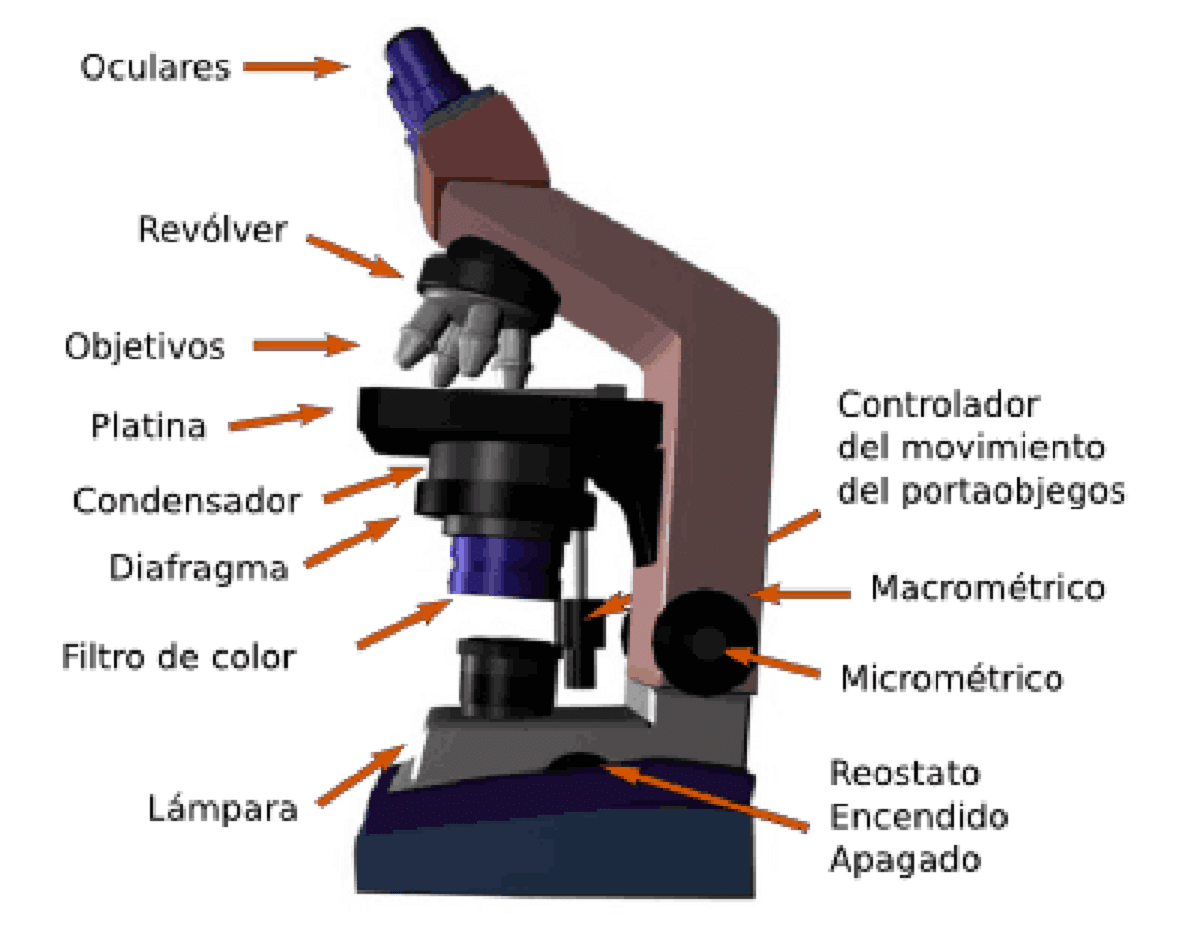
The microscope is a fairly easy to use instrument with the naked eye, but with lots of details that will make a difference. All the parts and elements that are involved in the manipulation of light and the formation of a magnified image are found in the optical system of a microscope. There are numerous parts of a microscope that must be described in order to fully understand the operation.
Therefore, in this article we are going to show you what are the parts of a microscope and its main characteristics.
Parts of a microscope: optical system

The optical system is the most important part of a microscope. We are not referring to the lighting system, which in turn is the optical system. They are classified to be able to distinguish between the elements that are in charge of being able to deflect or treat the light and the elements that help to provide a structural support between all the parts of the instrument. All these parts are the elements of the mechanical system. The two main elements that make up the optical system of a microscope are the objective and the eyepiece. The entire lighting system also includes some parts such as they are the focus, the diaphragm, the condenser and the optical prisms.
If a microscope has a digital camera, it is also considered part of the optical system. Let's see what are the parts of a microscope step by step. The first is the objective. It is the insane system that is located near the sample and is what provides the magnified image. The magnification of a lens has a constant value and is what the relationship between the size of the image and the actual size of the object told us. For example: let's imagine that we have the microscope set to 40x. This means that The image we see will be 40 times greater than that of the object that the sample exists.
The enlarged image is known as the real image. Most microscopes have different objectives in order to achieve different levels of magnification. Keep in mind that microscopes must be adapted to the size of different types of samples. There will be larger samples and smaller ones. These what makes it necessary to adjust the objective.
Another parameter that defines the objective of a microscope is the numerical aperture. This parameter is of great importance since it is the one that defines the resolution. As long as we have a good resolution, we can see the sample more clearly.
Types of objectives

We are going to analyze what are the different types of objectives that can be found in a microscope:
- Achromatic objective: It is the simplest and is used to correct spherical aberration in green and chromatic aberration in blue and red.
- Apochromatic objective: it is the most advanced type of lens and helps to correct chromatic aberration in four colors. It can also help correct spherical aberration in three colors.
- Dry target: They are those that reach a moderate increase and are more used since they are very easy to use. Only that they are used in the laboratories of university careers.
- Investment objectives: they are designed to be able to achieve magnification and high resolution on a large scale. They have a high numerical aperture but an additional means is required to position it between the sample and the lenses.
Parts of a microscope: eyepiece

The eyepiece is the set of lenses through which we observe the sample with our eyes. Here we can see a second magnification of the image. The objective produces most of the magnification and the angle is the one that provides the smallest magnitude magnitude that can range from 5x to 10x a. Let's not forget that lens produces 20x, 40x, 100x magnification. Nor should we forget that, the higher the magnification, the more difficult it is to handle the sharpness.
The eye lens system is responsible for magnifying the image and correcting some of the optical aberrations to some extent. The popular ones have a diaphragm that serves to reduce the reflections of light that appear on the lenses. There are a few different types of eyepieces. The most used are the positive eyepieces and the popular negative ones. The positives are those in which the light first passes through the diaphragm and then reaches the lenses. Negative eyepieces are those in which the diaphragm is located between the two lenses.
Light source and condenser
They are two parts of a very interesting microscope. The light source is an essential element that any microscope must have. It is essential so that it can emit the necessary light that can light up our sample. Depending on the light source that exists in the microscope, we can distinguish between transmitted light microscopes and reflected light microscopes. The first are those that have the lack of light under the stage. The seconds are those that illuminate the sample from its upper face.
Microscopes have always worked by means of an incandescent bulb that is integrated into the structure. However, it has already been improved with the new technology as it had some disadvantages. The first was the energy consumption of these bulbs. The second was the amount of heat they emitted, which made it difficult to keep the samples in good condition. Let's not forget that Tests must be performed with the sample in good condition at all times.
As for the condenser, it is one of the parts of a microscope that are built from a combination of lenses and that directs the light rays emitted by the light source towards the sample. It is located between the stage and the light source. The most normal thing is that the light rays follow divergent paths. For this reason, the condenser becomes an important element to be able to have a great influence on the image quality that we will obtain.
I hope that with this information you can learn more about the parts of a microscope and what its main characteristics are.